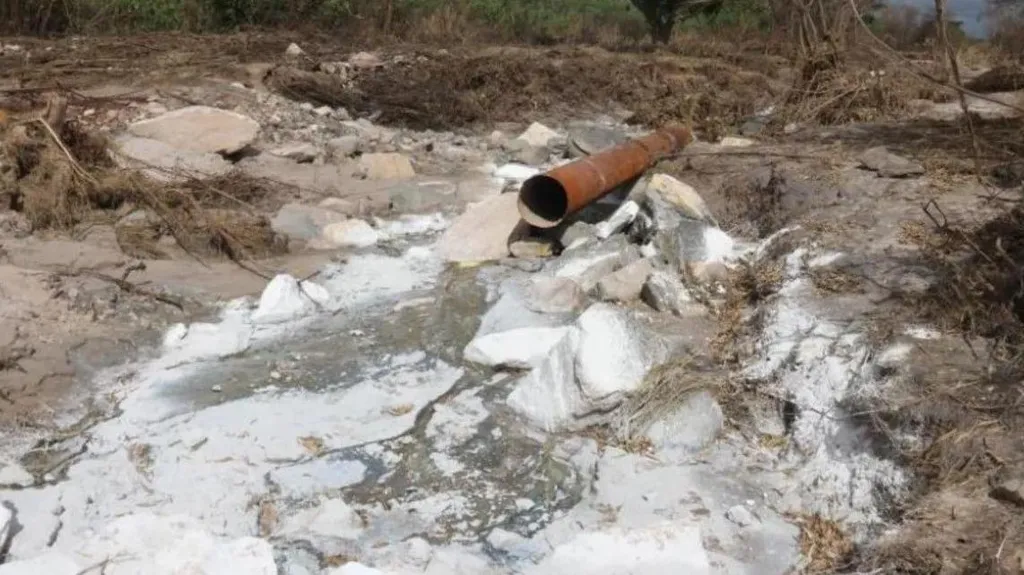In the heart of China’s coal country, a pressing environmental challenge looms large: acid mine drainage (AMD) from abandoned coal mines. This persistent issue, if left unchecked, could have significant commercial impacts for the energy sector, including increased remediation costs and potential delays in project timelines. However, a recent study published in *Shuiwen dizhi gongcheng dizhi* (translated as *Hydrogeology and Engineering Geology*) offers a glimmer of hope, presenting a roadmap for tackling AMD with innovative technologies and interdisciplinary approaches.
The research, led by Fawang Zhang from the Center for Hydrogeology and Environmental Geology Survey at the China Geological Survey, sheds light on the complex interplay of factors contributing to AMD in abandoned coal mining areas. “The diversity of mine types, variable hydrogeological conditions, and intricate hydrobiogeochemical evolution processes have made it challenging to understand the distribution patterns of AMD and implement effective pollution control,” Zhang explains.
The study identifies four critical issues that have hindered AMD mitigation efforts. Firstly, the complex evolution of aquifer media and dynamic fields, driven by coupled geological-hydrobiological-microbial factors, poses challenges in mechanistic understanding and accurate modeling. Secondly, the efficiency of existing technologies for in-situ reduction of high-concentration characteristic pollutants, such as sulfates, iron, and manganese, is constrained by dynamic water quality and low-temperature conditions. Thirdly, current control systems lack dynamic intelligent regulation capabilities, with fragmented data perception-decision-execution loops failing to adapt to spatiotemporal heterogeneity in water quality and quantity. Lastly, insufficient synergy between ecological restoration and pollution control hinders holistic recovery of mining ecosystem functions.
To address these challenges, the researchers propose a series of innovations focused on interdisciplinary integration. These include developing coupled multi-field models for pyrite oxidation kinetics and metal migration, creating key enzyme inhibitors or biomimetic oxygen-barrier materials for targeted in-situ blocking of pyrite oxidation, constructing a “digital twin + smart sensing” precision control platform for pollution evolution simulation and dynamic remediation optimization, and establishing a “water-soil-biota” synergistic regulation theory based on ecohydrological processes.
The implications of this research for the energy sector are substantial. By advancing AMD control from empirical management to scientific regulation, these innovations could significantly reduce the environmental footprint of abandoned coal mines, lowering remediation costs and enhancing the sector’s sustainability. Moreover, the proposed “theoretical models-technological tools-engineering paradigms” innovation chain could serve as a blueprint for global mining area restoration, positioning China as a leader in this critical field.
As the energy sector continues to grapple with the environmental legacy of coal mining, the insights and technologies presented in this study offer a promising path forward. By embracing interdisciplinary collaboration and cutting-edge innovation, stakeholders can work towards a future where abandoned coal mines are no longer a source of environmental degradation but a testament to the power of science and technology in driving sustainable development.

